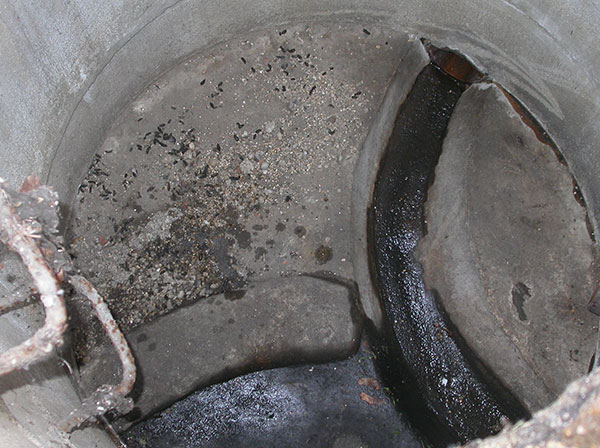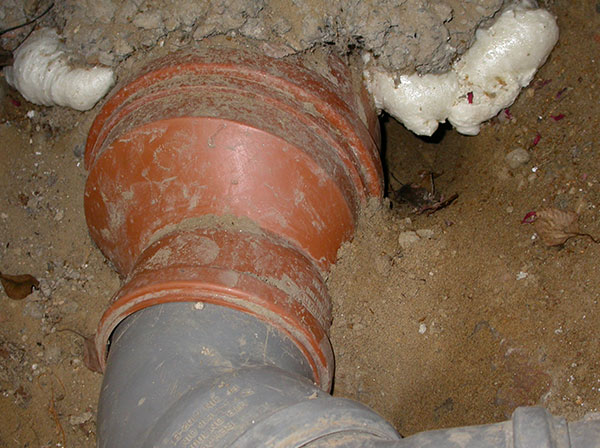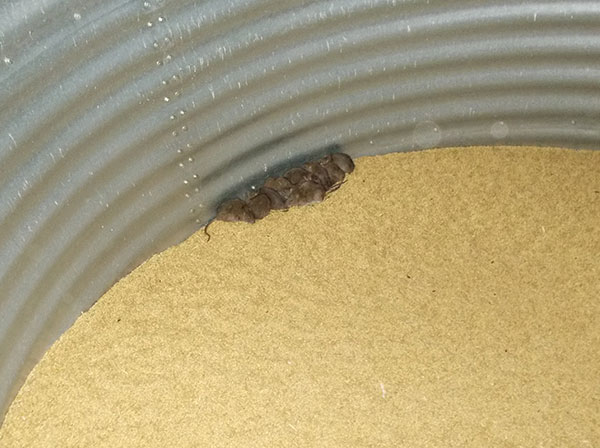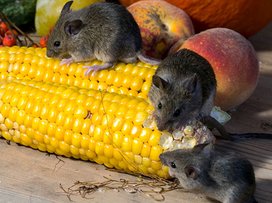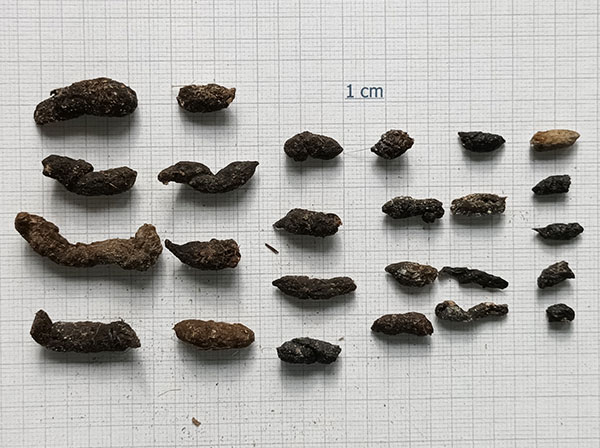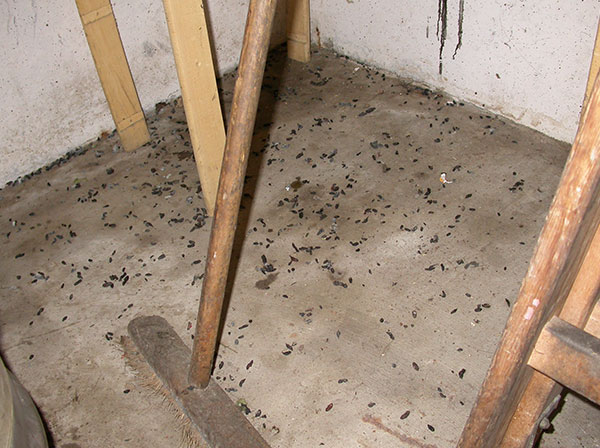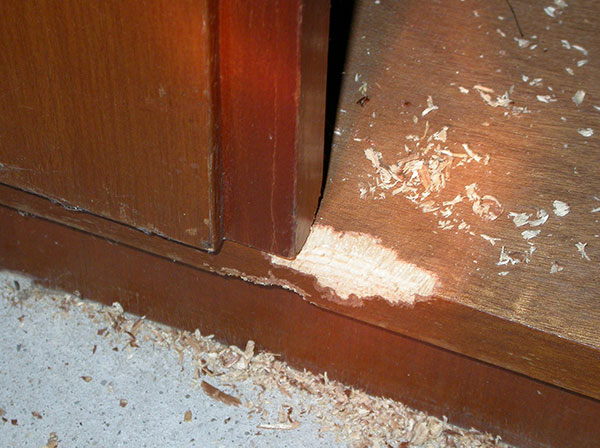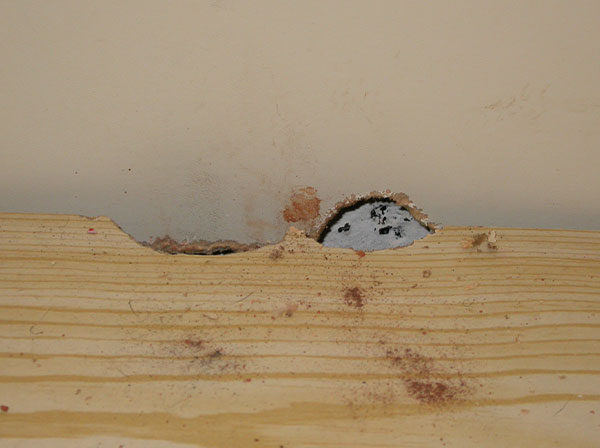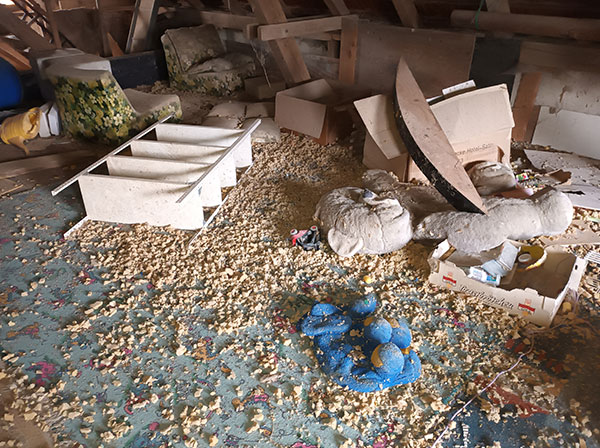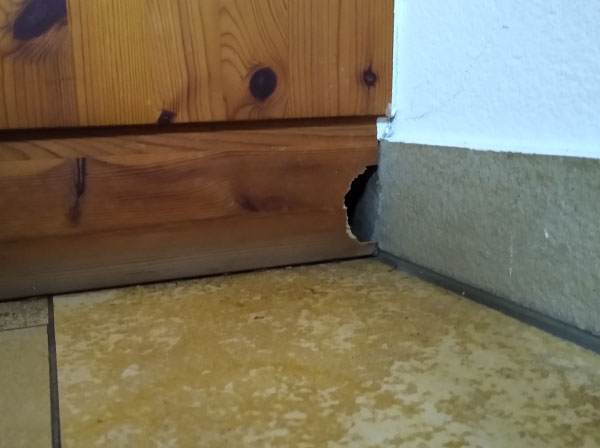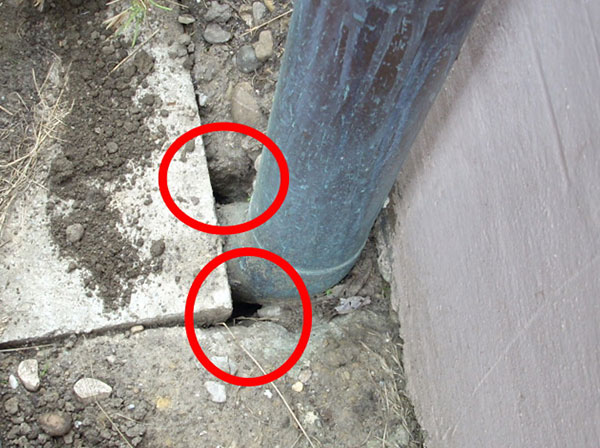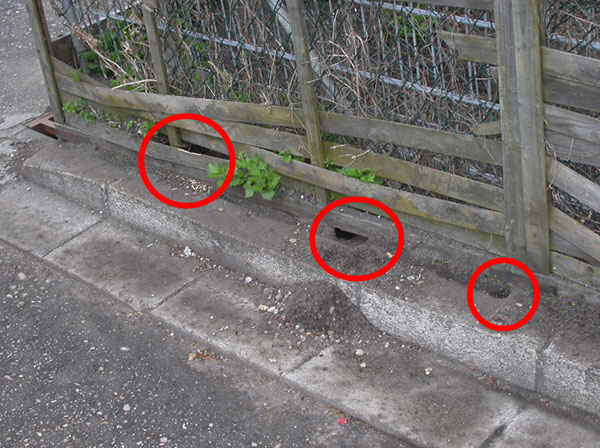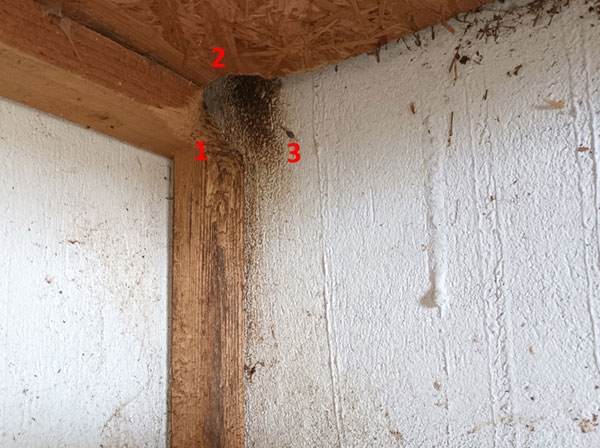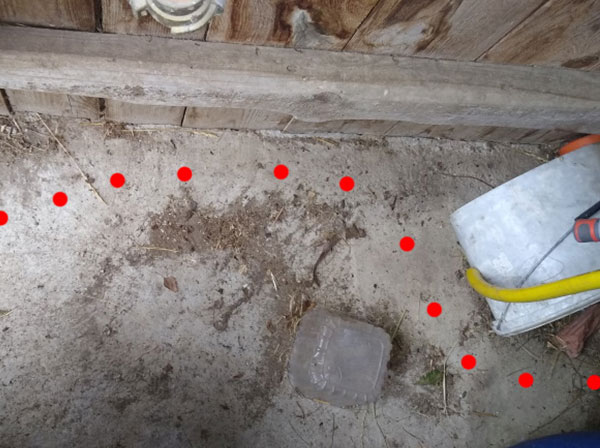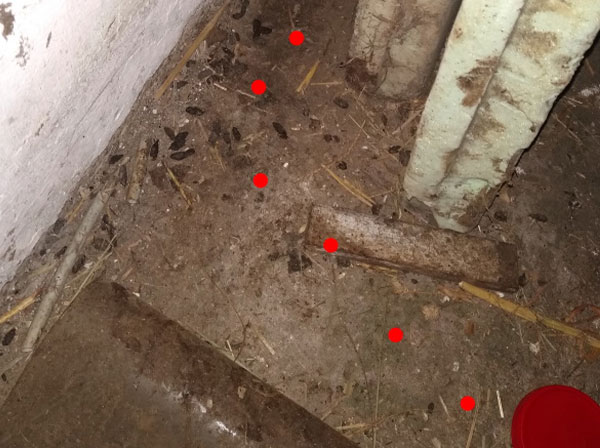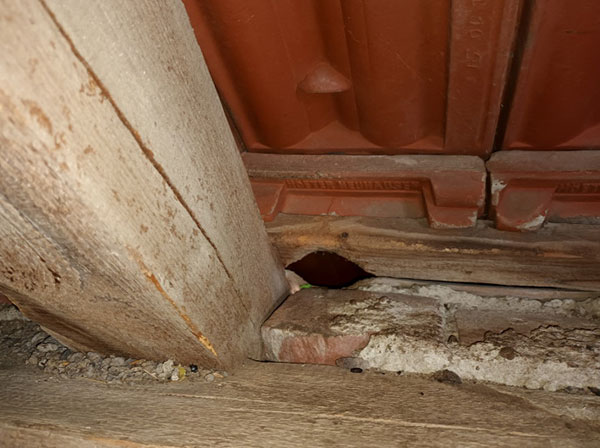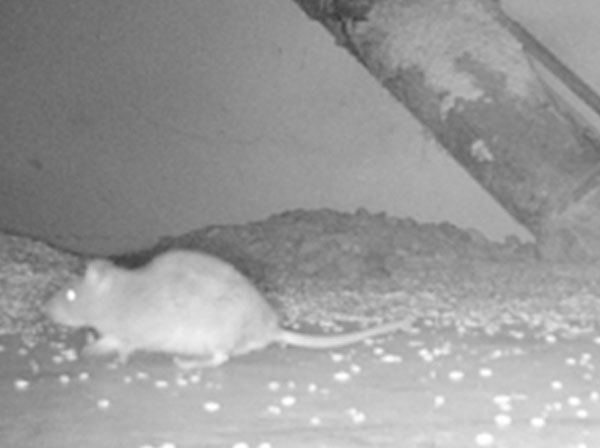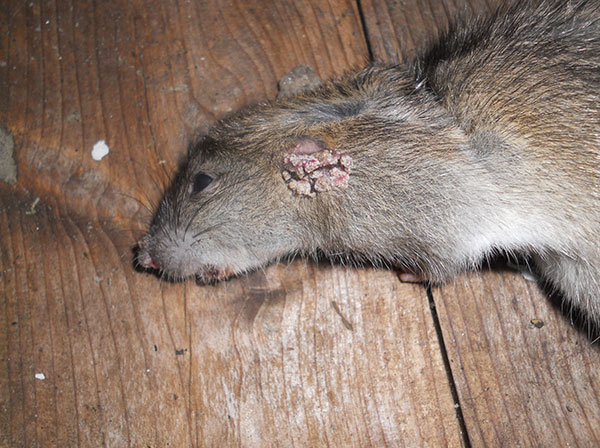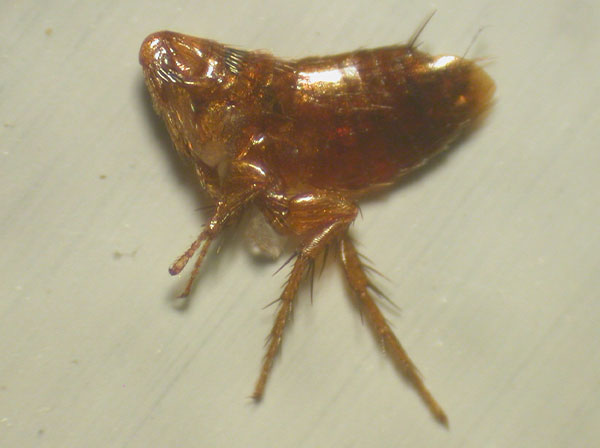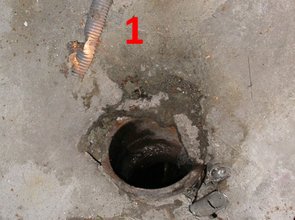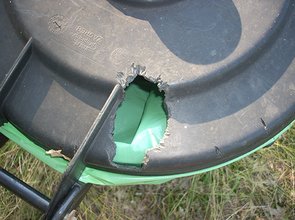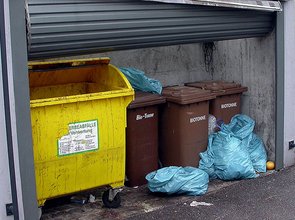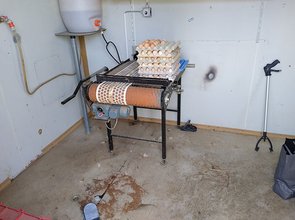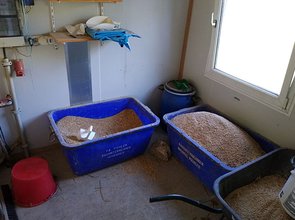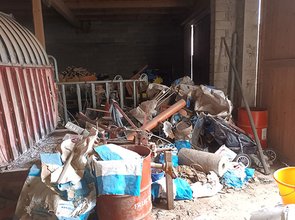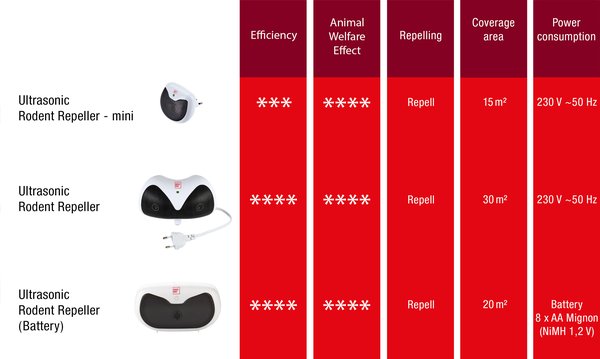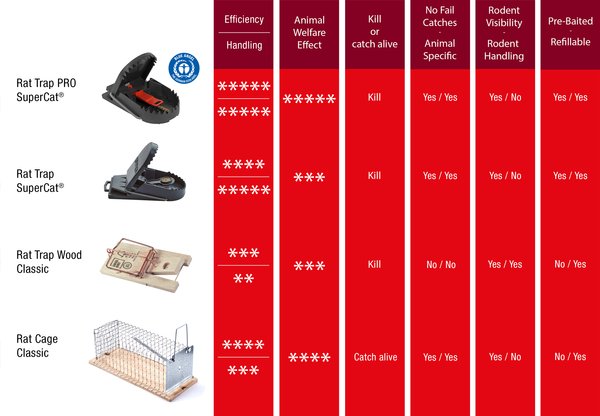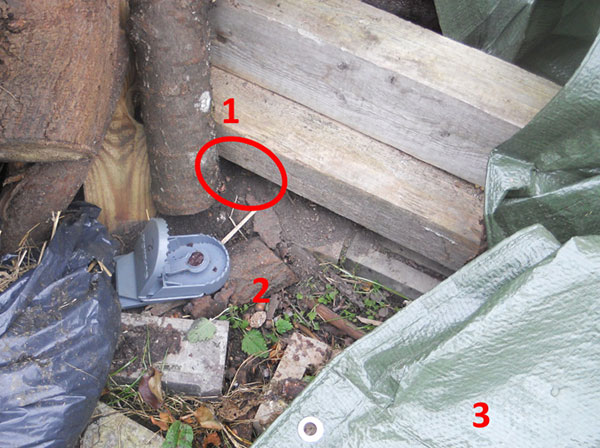Norway rats are good swimmers, divers, burrowers, climbers and jumpers. However, they mostly move on the ground. In buildings, they run mainly along walls. Running paths are marked with urine. In the dark, rats orient themselves by means of their whiskers, scent marks and by means of ultrasonic echoes, similar to bats.
Rats are highly intelligent and very social animals. They usually live in small family groups of two parents and their offspring, which can quickly grow into large packs. However, one can also often observe roaming individuals, mostly males. How many rats live in one place or how large a pack becomes depends mainly on the food supply.
Rat packs have fixed territories and defend them aggressively against other rats. Pack members recognise each other by smell. When the packs become too large, they split up and some of the rats migrate. Furthermore, young, lower-ranking males often migrate after reaching sexual maturity in order to escape the oppression of dominant pack members and to develop their own territory.
Despite their territorial behaviour, individual rats sometimes undertake dangerous nocturnal migrations of several kilometres to explore the surroundings for new food sources or free territories. In an emergency, a whole pack can migrate to a new location. Triggers for migration can be, for example, lack of food but also high losses due to successful pest control. It is the experienced adults who have a plan B. They notice when living conditions deteriorate too much and then bring their offspring to safety.
Rats are very nasal animals and can smell much better than they can see. Their sense of smell is as highly developed as that of dogs. The sense of smell plays a major role in social and mating behaviour, orientation in the dark and foraging. For example, a certain species of rat (Gambian giant hamster rat) has already been trained to search for mines.
Like many other rodents, Norway rats can only perceive colours to a limited extent, but they have excellent night vision and can also detect infrared light. Therefore, they also perceive the infrared light of wildlife cameras and avoid staying in the cone of light of the cameras.
Nests:
Rat burrows are not very deep and always have several exits for protection from predators such as weasels, so that a free escape route is always available. The openings have a diameter of 6-10 cm. Often, clearly visible running paths lead away from the holes. The burrows are usually made in the immediate vicinity of the food source. Rats forage within a radius of 50m to 400m from the nest. The nests are padded with soft materials such as grass, hair, feathers, leaves and moss, but also scraps of paper, plastic, cloth or wood wool.
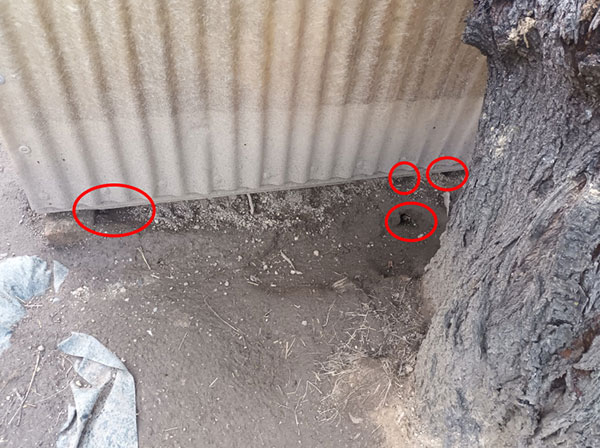
Rat burrow under chicken coop
Heavily frequented main entrance on the left
Right: little used side entrances
Natural enemies:
Rats serve as prey for many predators and birds: cats, dogs, foxes, martens, snakes, birds of prey, owls and many more. As a rule, Norway rats are nocturnal in order to protect themselves from their enemies. However, this can vary greatly depending on local conditions. For example, the availability of food, or when there is least danger, also play a role. In the case of rat infestations in school playgrounds, the normally nocturnal rats come out during the day at the end of the breaks. This is because the pupils have left and the freshly thrown away break time sandwiches are ready.


Humans have also hunted rats for many millennia. Initially for consumption, later also to prevent damage and the spread of disease. To this day, rats are considered a source of meat in many cultures. Because of the intensive stalking by humans over such long periods of time, rats have developed different strategies to recognise and avoid traps and poison.

These rats are caught alive by hand by children in The Gambia and sold for the equivalent of €0.50 as a soup garnish.
For example, rats have an innate shyness towards unknown food and unfamiliar objects (neophobia). This makes the control of rats difficult because, the traps or baits set up are not or only hesitantly accepted.
Experienced rats have often had contact with traps. They have seen dead conspecifics lying in traps, have been present when a family member was killed by a trap or have triggered a trap themselves and survived. The latter happens not so seldom when traps of inferior quality are used. Such an animal will never enter a trap again under any circumstances. Rather, it will warn all other pack or family members or even bite them if they disobey when traps are set. In the worst case, a whole pack may then become completely behaviourally resistant to traps. Despite numerous rats and many traps set, nothing will be caught for weeks and months. For this reason, it is not possible to completely control a large rat infestation with traps alone. This requires an integrated control approach that includes clearing and cleaning measures, securing buildings, waste management and, above all, food deprivation.
Just as rats warn each other of traps, they also warn each other of poison baits. There is a strict hierarchy among the male rats of a pack. The higher-ranking rats can forbid other members of the pack to eat poison bait and enforce this physically if necessary.
Poisoned rats sometimes return to the place where they ingested the poison to die. The carcass then serves as a warning to the other pack members about the poison bait.
It is often said that rat packs have tasters. This is not correct. Rather, in every pack there are especially low-ranking animals with less access to food. These are hungrier and most likely to accept new food sources, such as poison bait, and are watched by the other rats. If nothing happens, over time the other rats will also accept this new food source. If it turns out badly for the "taster", the site will be marked by smell by the other rats and the baits will be avoided. Therefore, instant poisons do not work well with rats. The poison baits commonly used today only have a lethal effect after a few days. Ideally, all animals will have eaten the bait before the first signs of poisoning appear in the pack and the rats would be warned. Due to the delayed onset of action, these poison baits are more effective, but cause a painful and slow death and should be rejected for animal welfare reasons.
Another superstition is that rats, if cornered, would attack a human. This is also not true. A cornered rat will rather try to run between your legs, coming very close to the attacker. However, under no circumstances should you catch a rat with your bare hand. Rats can bite very hard and would do so in self-defence.
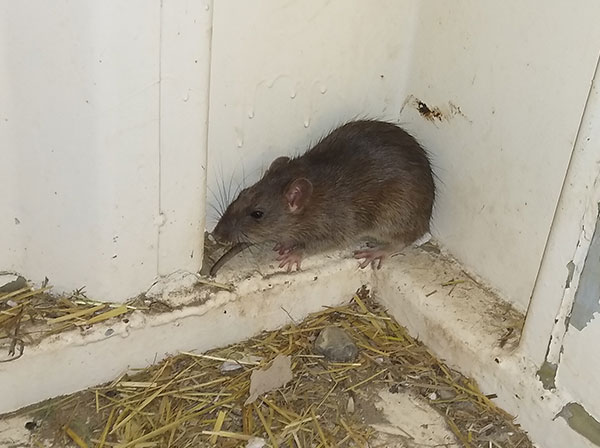
A cornered rat. The distance to the photographer was about one metre. The rat is visibly stressed and ready to jump away: the ears are laid back, the tail covered and the toes spread. But there has been no attack on the photographer.
Rats as laboratory and domestic animals:
The laboratory rats used since the 17th century until today are descendants of Norway rats. They are descended from a mutant albino rat. The pet and food rats (Rattus norvegicus domesticus) are also descended from Norway rats.
Sometimes pied animals occur in populations of wild rats. These are abandoned or escaped pet rats that have joined wild packs, or their offspring.

Tame pet rat

![[Translate to Türkçe:] [Translate to Türkçe:]](/files/pics/7/2/csm_Mouse__860x586px_4295e63b71.jpg)
![[Translate to Türkçe:] Ratten [Translate to Türkçe:] Ratten](/files/pics/0/9/csm_Rat__860x586px_e3e988d139.jpg)
![[Translate to Türkçe:] Maulwurf [Translate to Türkçe:] Maulwurf](/files/pics/2/e/csm_Mole__860x586px_d43e7e8948.jpg)
![[Translate to Türkçe:] indian-meal moth on oatmeal [Translate to Türkçe:] indian-meal moth on oatmeal](/files/pics/b/6/csm_indian-meal-moth-on-oatmeal_low_659108f917.jpg)
![[Translate to Türkçe:] Schnecken [Translate to Türkçe:] Schnecken](/files/pics/5/f/csm_Slug__860x586px_da4b2d7f83.jpg)
![[Translate to Türkçe:] Vogel [Translate to Türkçe:] Vogel](/files/pics/8/9/csm_Bird__860x586px_273b7ffaf9.jpg)
![[Translate to Türkçe:] Marder [Translate to Türkçe:] Marder](/files/pics/d/6/csm_Marten__860x586px_7508da5714.jpg)
![[Translate to Türkçe:] Fliege [Translate to Türkçe:] Fliege](/files/pics/a/d/csm_Fly__860x586px_66c70bb32f.jpg)




